The History of Italian Immigration to the U.S. and Its Relevance Today
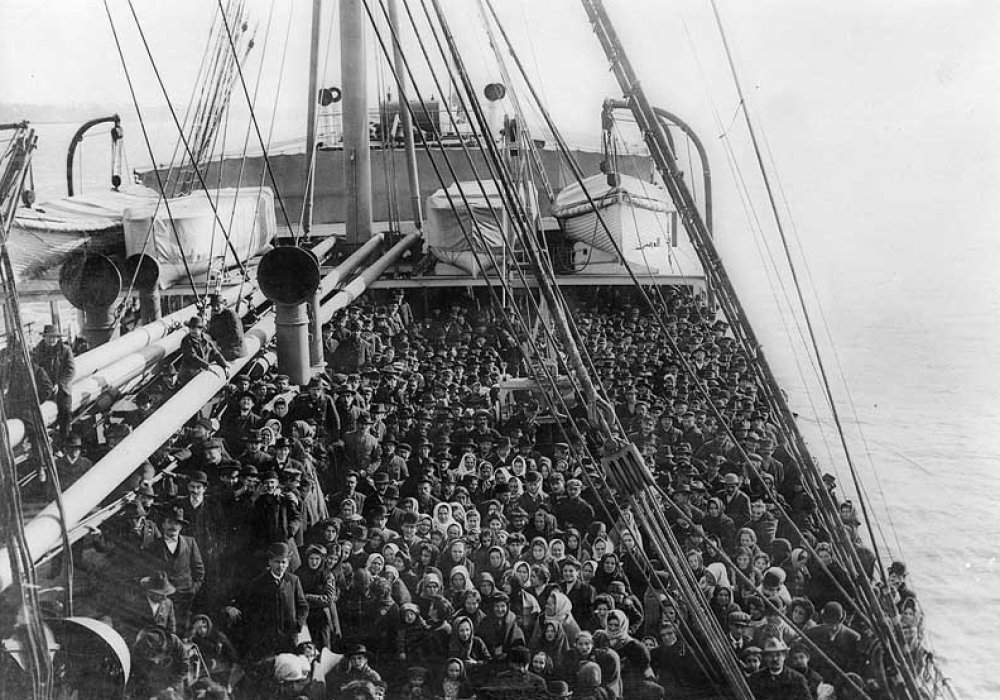
Italian immigration has shaped the cultural and social fabric of the United States, leaving a lasting mark that continues to influence American life today. In the late 19th century waves of Italian immigrants began arriving in the U.S. seeking better opportunities and a brighter future. The 1880s saw approximately 300,000 Italian making the journey to America, followed by 600,000 in the 1890s. This surge laid the groundwork for vibrant Italian American communities across the country.
By the first decade of the 1900s, more than two million Italians had immigrated to the United States. The flow of Italian immigration began to taper off after 1920, largely due to the restrictive immigration laws in the U.S., including the Emergency Quota Law of 1921 and the Immigration Act of 1924. These immigration laws aimed at limiting the influx of southern Europeans.
Waves of Italian Immigration
Italian immigration to the United States surged during the late 19th century, largely driven by economic hardships and political instability in Italy. As Italy transitioned following its unification in 1861, many Italians found themselves grappling with dire economic realities. The 1870s and 1880s marked a particularly challenging period, especially in the southern regions like Sicily, Calabria and Naples.
Despite the promise of economic growth following unification, the reality for many Italians was starkly different. The newly unified Italian state faced numerous challenges in integrating its diverse regions, resulting in uneven economic development. Southern Italy remained afflicted by poverty and underdevelopment. The agrarian economy in these areas struggled, and was characterized by poor soil quality, outdated farming techniques and insufficient infrastructure. Many small farmers and laborers found it increasingly difficult to make a living, leading them to consider migration as a viable option for a better life.
By the late 19th century, the allure of America as a land of opportunity became irresistible. The availability of jobs in growing industries and urban centers promised a chance for economic stability. Many Italians embarked on this journey not only seeking work, but also hoping to escape the political unrest that lingered in the wake of Italy’s unification. The political landscape was fraught with instability, and corruption was rampant, leaving many citizens disillusioned with their prospects for improvement.
As transatlantic transportation became faster and more affordable, the exodus from Italy intensified. Many immigrants traveled in third-class or steerage accommodations, enduring a grueling journey across the Atlantic. These cramped quarters were located at the bottom of the ship, where metal bunks were stacked in rows. The conditions were far from comfortable; beds were fitted with straw mattresses, and pillows often doubled as life preservers. Passengers faced seasickness, cramped conditions and uncertainty about their future, yet their hope for a better life propelled them forward.
Despite the challenges of their voyage, many Italian immigrants maintained close ties with their families back home. A U.S. government commission on Italian immigration estimated in 1896 that these immigrants sent or took home between $4 million and $30 million each year. This money not only provided vital support to their families, but also demonstrated the strong familial bonds that persisted despite the physical distance.
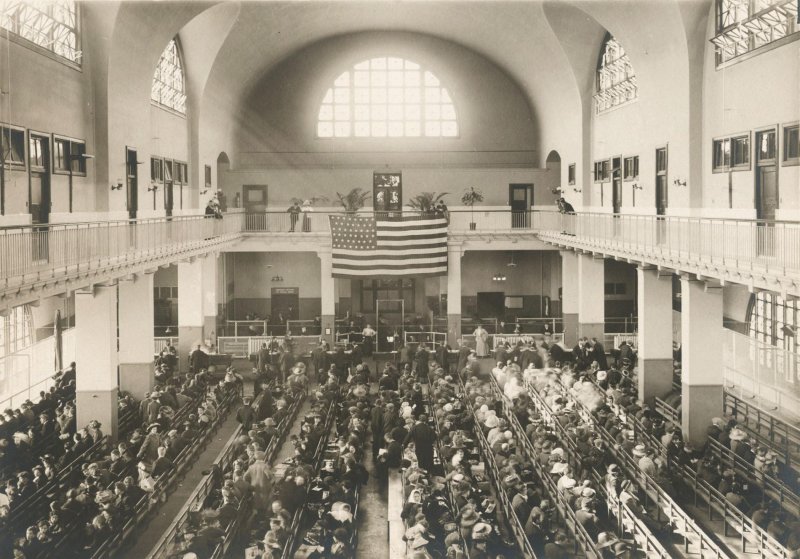
The Opening of Ellis Island
Before the iconic gates of Ellis Island welcomed millions, immigrants would enter New York City through Castle Garden, which operated from August 3,1855 until April 18,1890. This early processing center was responsible for meticulously recording detailed information about each newcomer, including names, the vessels they arrived on, their intended destinations, and the amount of money they carried. However, as the influx of immigrants grew, Castle Garden struggled to maintain order and safety.
By the time Ellis Island opened its doors on January 1, 1892, it had become clear that a new facility was necessary. Castle Garden, once a bustling reception center, had deteriorated into a decaying fortress plagued by crime. New arrivals faced not only the challenges of starting a new life, but also threats from pickpockets, armed robbers and swindlers lurking in the shadows, eager to exploit their vulnerability. The conditions there underscored the need for a more organized and secure immigration process.
With the opening of Ellis Island, a new chapter began for immigrants, particularly for Italians, who would become the largest group processed at this historic site. Over the next several decades, millions of individuals seeking a better life would pass through its gates, making it a symbol of hope and opportunity. Upon arrival, each immigrant was assigned a unique number and underwent a systematic sorting process that was both rigorous and often daunting.
At Ellis Island, immigrants faced a series of inspections that included physical and mental evaluations. Doctors conducted examinations to check for contagious diseases and other health issues. A failed eye exam or the appearance of being too weak for manual labor could result in being marked for deportation back to Italy. Many newcomers were placed in quarantine for a day or two if they exhibited minor illnesses, heightening the stress of the already challenging transition.
Beyond health checks, officials also assessed immigrants' ability to find work in the United States, which was a crucial factor in determining their fate. However, for those who successfully navigated the inspections, the reward was immense. Once cleared, immigrants boarded ferries that would take them across the harbor to the bustling streets of New York City, ready to start anew.
Ellis Island became more than just an entry point; it was a vital gateway to the American Dream. The stories of countless Italian ancestors began here, as they stepped onto American soil filled with hope, determination and the promise of a brighter future.
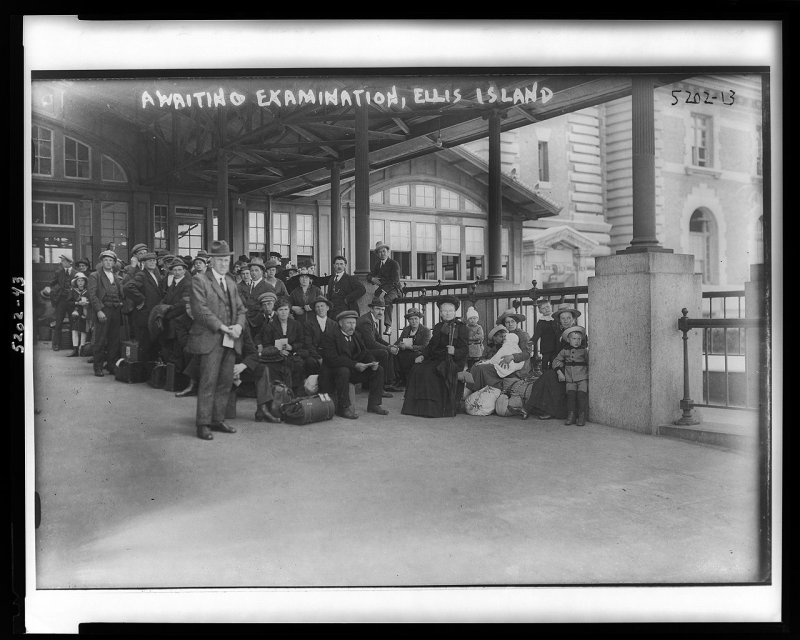
Italian Villages in the Cities
Upon arriving in the United States, one-third of early Italian immigrants chose to settle in New York City, creating vibrant enclaves that would shape the urban landscape. These immigrants spread throughout the city establishing communities in neighborhoods like Brooklyn, the Bronx, and various towns in Northern New Jersey. However, the most significant concentration of Italian immigrants could be found in lower Manhattan, which would become known as Little Italy.
Little Italy was a lively hub where the spirit of Italian culture flourished. Streets like Mulberry Street transformed into bustling thoroughfares filled with Italian street vendors, market stalls and small family-owned businesses. Here, residents communicated in various Italian dialects, weaving together the threads of their diverse origins. In some instances, entire families from the same village in Italy would find themselves living on the same block or even within the same tenement apartment building, creating tight-knit communities that provided comfort and familiarity in a foreign land.
However, life in these tenement buildings was far from idyllic. The housing was typically low-rise, overcrowded and poorly constructed. Many of these apartments were under-ventilated and lacked basic amenities such as windows and indoor plumbing. The living conditions were dire, often filled with the stench of waste and the sounds of a bustling population struggling to coexist in confined spaces. Such environments contributed to significant public health issues, with inadequate sanitation leading to outbreaks of diseases like cholera, tuberculosis and typhus. Italians filled these apartments in cities such as New York, Boston, Philadelphia and Chicago.
The Work of Italian Immigrants
Most Italian immigrants arrived in the United States with limited professional skills, having primarily worked as farmers in their homeland. This background meant that many were qualified for only unskilled labor. Nevertheless, they played a crucial role in the burgeoning American economy, providing the essential workforce needed in factories and mines. Their labor was instrumental in constructing the nation’s infrastructure, helping to build roads, railroad lines, dams, tunnels and various public works projects.
By 1890, an astonishing 90% of the workers in New York City’s Department of Public Works were Italian immigrants, showcasing their significant impact on urban development. In cities like Chicago, the presence of Italian labor was even more pronounced; during the 1890s, an overwhelming 99% of street workers were of Italian descent. This dedication to hard work not only supported the rapidly industrializing nation, but also allowed many immigrants to secure a foothold in their new country.
In addition to unskilled labor, many Italians found employment in skilled trades such as shoemaking, masonry and barbering. These professions allowed for greater economic mobility and the chance to establish small businesses. Italian shoemakers and masons were particularly sought after, contributing to the craftsmanship and construction boom in American cities.
Despite their significant contributions, the majority of Italian immigrants ended up in low-paying jobs characterized by unhealthy working conditions. Many found themselves laboring in factories where safety regulations were minimal, working long hours for meager wages. The harsh realities of urban life often meant that these workers faced physical exhaustion and health risks on a daily basis, highlighting the challenges they endured in their pursuit of a better life.
Some Italian immigrants were known as "Birds of Passage." This term referred to those who came to the United States primarily to earn money, intending to return to Italy after a period of work. These individuals often maintained strong connections to their home villages, sending money back to support their families and invest in their future. This cyclical pattern of migration played a vital role in sustaining their communities both in America and abroad.
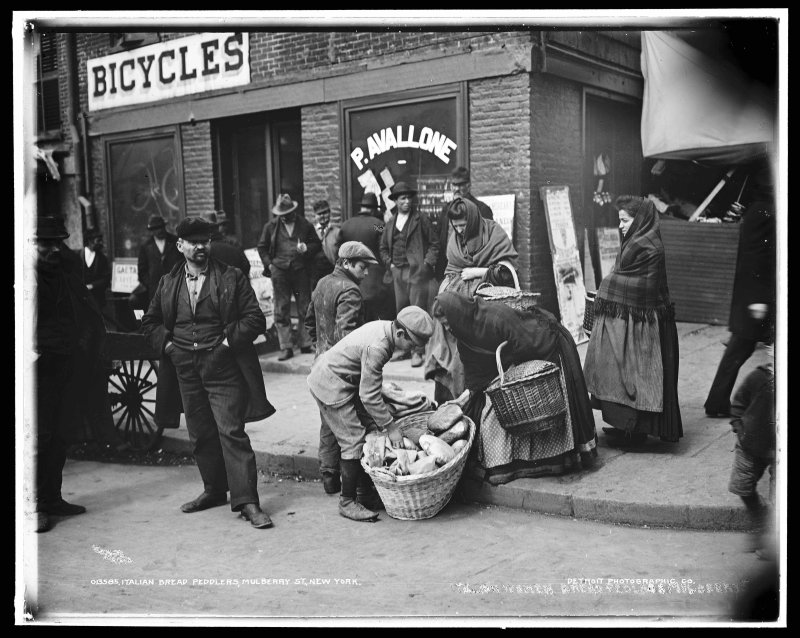
Building Communities and Preserving Culture
Italian immigrants demonstrated remarkable resilience and resourcefulness as they navigated the challenges of life in a new country. To foster a sense of belonging and aid in their integration into American society, they established a variety of social and cultural institutions. These included Italian American mutual aid societies, churches, and social clubs that played a vital role in supporting newcomers and helping them adapt to their new environment.
Mutual aid societies were particularly important for Italian immigrants, providing essential services such as financial assistance, job placement and legal aid. These organizations helped newcomers access resources while preserving their cultural heritage. Churches served as community anchors, offering spiritual guidance and a gathering place for social events. They became centers for religious education and cultural celebration, reinforcing a sense of identity amidst the challenges of assimilation.
One of the most cherished traditions that emerged from these communal efforts was the celebration of festivals that honored Italian heritage. Events like the Feast of San Gennaro in New York City have become iconic, drawing thousands of attendees each year. This vibrant festival not only showcases Italian culinary delights, but also highlights the rich cultural traditions of the Italian American community. It features parades, live music, and, of course, an abundance of food, allowing families to come together and celebrate their heritage while sharing it with the wider community.
Italian Americans made significant contributions to American cuisine, transforming the culinary landscape of the nation. Dishes like pizza and pasta, once regional specialties, have become staples of American food culture. The introduction of espresso and traditional Italian desserts also added to the diverse culinary fabric of the United States. Pizzerias and Italian restaurants began to proliferate, not only satisfying cravings for authentic Italian fare, but also serving as community gathering places where traditions and stories were shared.
The impact of Italian immigrants on American culture extends beyond food and festivals. Their contributions to arts, music and literature have enriched the American cultural landscape. Notable figures such as Frank Sinatra, Mario Puzo, and countless others have left indelible marks on music and storytelling, celebrating their Italian roots while contributing to a broader American narrative.
In many ways, the journey of Italian immigrants embodies the spirit of American resilience. Their ability to overcome adversity, build supportive communities and celebrate their heritage has left a lasting legacy.
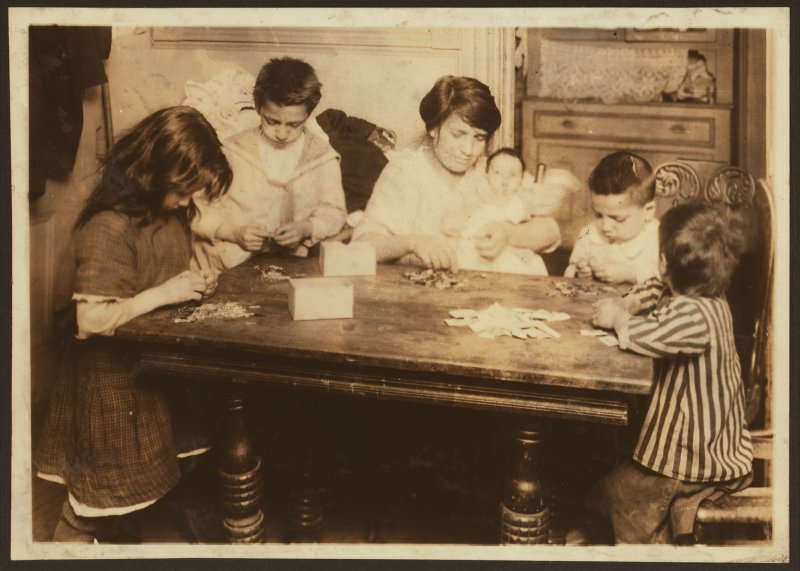
The Relevance of Italian Immigration Today: The Quest for Dual Citizenship
One of the most significant contemporary issues related to Italian immigration is the pursuit of Italian dual citizenship. Many Italian Americans are discovering their heritage and seeking to reconnect with their roots by applying for dual citizenship. This process allows them to enjoy the benefits of being an Italian citizen, including the right to live, work and travel in Italy and other European Union countries.
The process of obtaining Italian dual citizenship is based on the principle of jus sanguinis, or the right of blood, which allows individuals to claim citizenship through their Italian ancestry. For many, this is a way to reconnect with their family’s past and gain access to new opportunities in Europe.
At My Italian Family, we are dedicated to helping individuals of Italian descent navigate the process of obtaining Italian dual citizenship. By understanding your family’s history and heritage, you can take meaningful steps to reconnect with your Italian roots and enjoy the benefits of dual citizenship. Ready to start your journey to dual citizenship? Contact us today for a free consultation.
